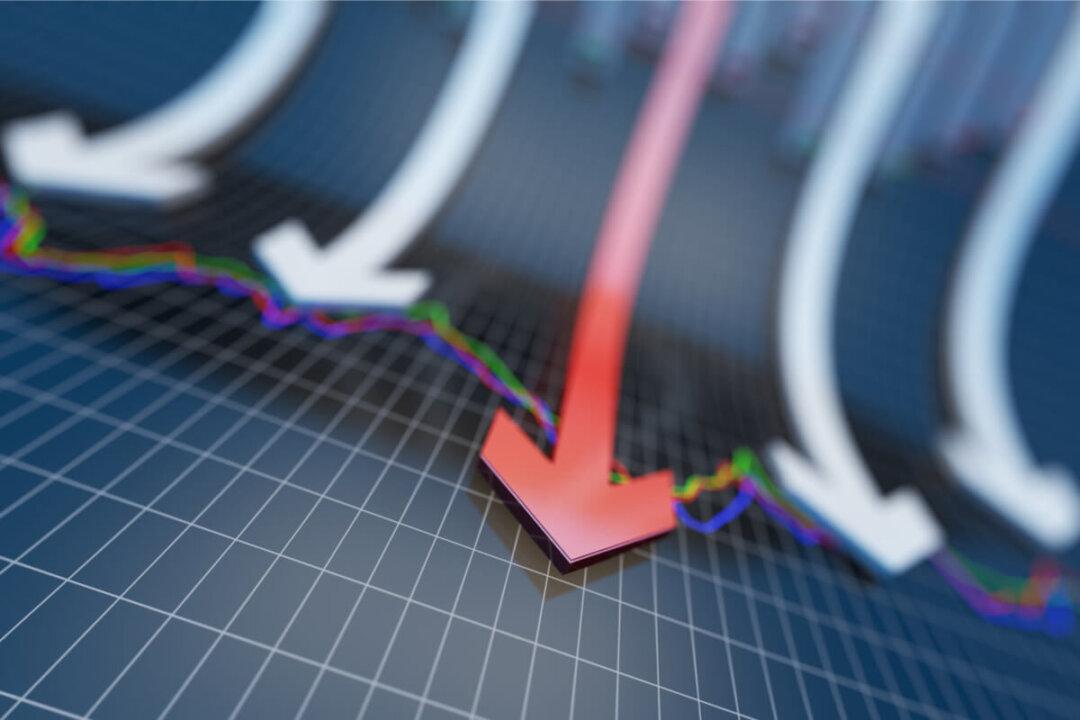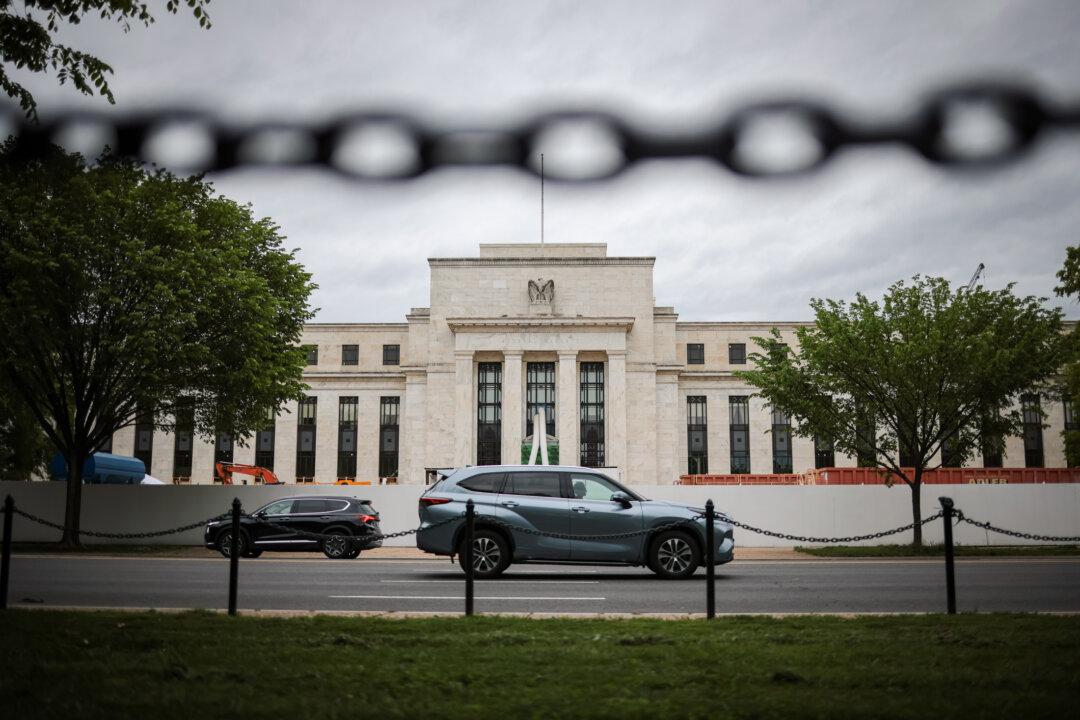Commentary
The worse than expected U.S. purchasing managers index (PMI) released days ago seems to suggest the economy is indeed slowing down. But wait. The manufacturing PMI still stood near 60, a level which was never reached between mid-2004 and end-2017. In fact, the recent high near 65 has never been seen since 1983. Even the month-on-month (MoM) growth of personal spending released last week was not bad at all: It rose at 1 percent in June where such fast growth had never been seen since 2009, suggesting the U.S. economy is still in a good shape.





